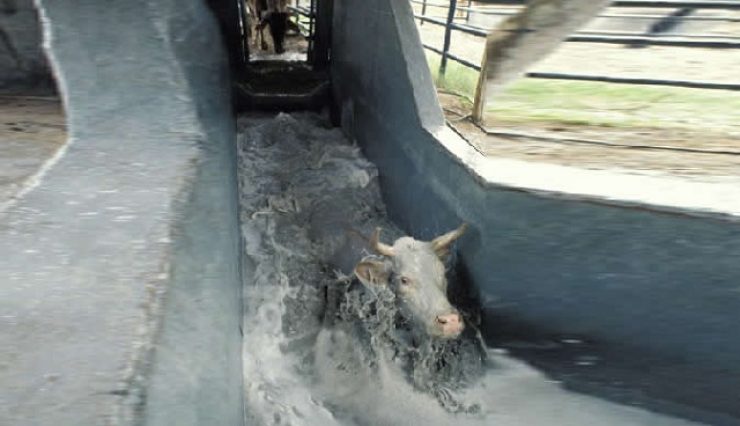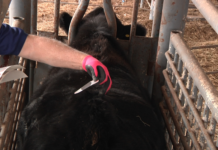Nqobile Bhebhe,Zimbabwe
CATTLE farmers in Zimbabwe have been partially blamed for the outbreak of Theileriosis, a tick-borne disease that has killed an estimated 2 000 cattle.
The livestock sector is on high alert due to the outbreak of the disease that is common between December and March.
The figure, according to officials in the agriculture ministry could be higher as some cases were not reported.
Most affected areas are Chegutu, Bindura, Goromonzi, and Chivhu.
Theileriosis is a disease caused by a species of theileria, a blood-borne parasite that only affects cattle and is primarily transmitted by ticks that feed on cattle.
A single infected tick can pass the disease to another animal through its saliva when it feeds on it.
Symptoms of the disease include drop in milk production, depression, weakness and difficulty in breathing for the animal with rapid and shallow breaths.
Affected animals also experience an increased heart rate.
Infected cattle eventually die after two or three weeks.
Dr Josphat Nyika, who is the Ministry of Lands, Agriculture and Rural Resettlement’s Department of Livestock and Veterinary Services director blamed farmers for not regularly dipping their cattle.
Farmers opt to spray cattle on their own citing ‘high’ dipping costs, said Dr Nyika.
When they do dip, adhering to proper procedures was a major challenge, hence the outbreak of the disease, Dr Nyika is quoted saying.
“The major challenges are irregular dipping. Most dip tanks are not on the recommended weekly dipping due to lack of dipping chemicals” Dr Nyika told the local media.
“There is also low turnout at dip tanks. Most farmers are not willing to take their cattle for dipping at the communal dip tanks.
“Some prefer conducting the operation themselves, but may do it in the wrong way and this is not effective in controlling ticks”.
Dr Nyika acknowledged that there is also shortage of drugs to treat the disease especially Burparvaquione.
Fake chemicals on the market also worsen the situation.
According to Dr Nyika, “dealers are packaging tea and selling it as dip” to unsuspecting farmers.
“The other challenge is that there are fake chemicals on the market and some farmers cannot tell the difference as the packaging and labelling is the same.”
However, farmers have always said dipping fee pegged at $2 per animal per year was too high.
An animal requires at least three to five litres of dip wash.
Agriculture analysts say it is not proper for government to blame villagers whenever there is an outbreak because some of the dip tanks have actually been condemned because of their poor state.
In some areas, villagers have to fork out significant amounts of money to buy vaccines and treat their animals.
Some of the vaccines, such as burpavaquine and butalex orivermectin go for anything between $60 and $70, an amount out of reach of many of the villagers.
There is also a significant shortage of veterinary officers in the country due to government’s job recruitment freeze that has made it difficult for villagers to get professional information regarding their livestock.
The country, which lost thousands of cattle in the past following consecutive droughts, has been struggling to restock due to the country’s precarious financial situation.
The national cattle herd is about 5,5 million.
The southern parts of the country are predominantly livestock areas.









